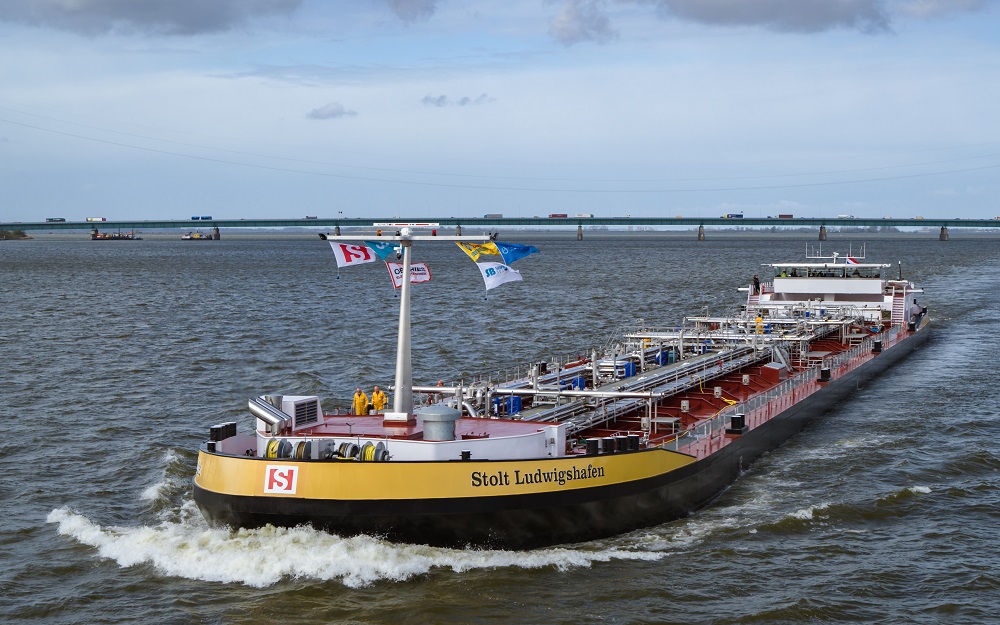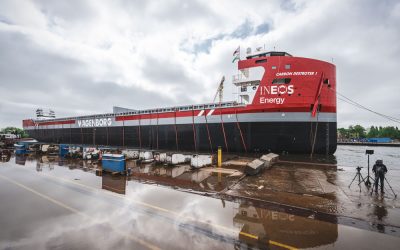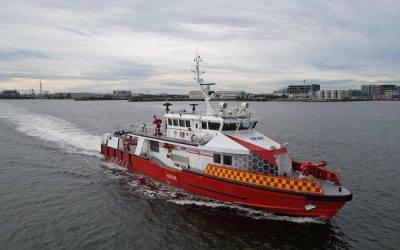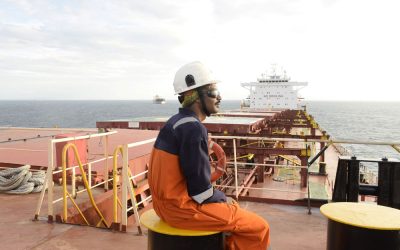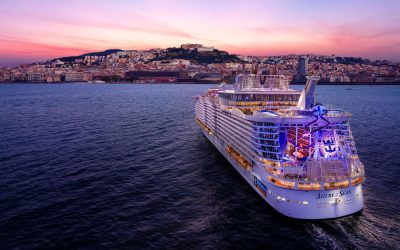Dry weather and low water levels on the River Rhine in Germany this year have again hindered inland shipping. Operations were disrupted on the waterway for several weeks over the summer and, after a brief recovery in September, the river’s water levels fell once more in October, preventing vessels from sailing fully loaded. This latest disruption to the vital shipping lane follows extremely challenging situations in the summers of 2018 and 2022 when German companies faced supply bottlenecks and production problems after drought and heat wave led to unusually low water levels on the river.
According to Ralf Duester of supply chain management specialist Setlog GmbH, Germany must increasingly prepare for low-water situations in inland navigation. “Climate change has arrived in logistics. The forecasts of climate researchers show that it is high time for politicians and companies to take precautions,” he informs TNA.
Duester adds that analyses by the Kiel Institute for the World Economy on the consequences of low Rhine levels have shown that industrial production in Germany falls by around 1% with 30 days of low water in a month. “For some sectors, such as the chemical industry, supply by barge is critical,” he notes.
Duester advises companies, on the one hand, to focus on digitisation of supply chains and, on the other hand, to organise transport alternatives such as land bridges, i.e. the transshipment of goods from ship to rail or truck. In his view, innovative ships must also be used, and in this context points to the new chemical tanker Stolt Ludwigshafen which entered service earlier this year.
Built between mid-2021 and 2023 for chemical producer BASF SE and Stolt Tankers, the Stolt Ludwigshafen takes its name from the German city on the shores of the Rhine that is home to the world’s largest chemical plant. The ship’s innovative design, such as special lightweight construction, allows high payloads even during extreme low water levels.
Unbeatable efficiency
Raw materials and finished products in the 1,000tonne range are delivered and sent out from the Ludwigshafen plant every day, according to Uwe Liebelt, president European Verbund Sites, BASF SE. “About 40% of these are transported by inland waterway vessels, which are simply unbeatably efficient for the large-volume products of the chemical industry,” he says.
Liebelt continues: “About 15 vessels are turned per day here at our port. If we wanted to shift the corresponding volume onto rail tank cars or trucks, we would need about 500 rail tank cars or 1,000 trucks. Not only would that be less efficient, but neither railways nor roads could handle this additional volume of traffic. Therefore, the Rhine is a lifeline for us.”
Following the extreme low water levels on the Rhine in 2018, BASF SE initiated an extensive programme to improve climate resilience at the Ludwigshafen site, which has now been implemented. The programme consisted of four building blocks: first, the company, together with the Federal Institute of Hydrology, developed an early warning system for low water which allows it to make level forecasts six weeks in advance; secondly, key loading points at Ludwigshafen were expanded to allow trimodal flexibility between ship, train and truck; and thirdly, compared to 2018, BASF SE has now more than doubled the number of vessels capable of navigating low water. The fourth and final building block are three vessels that are also suitable for extremely low water. The flagship of this fleet is the Stolt Ludwigshafen.
Breaking new ground
The low-water chemical tanker is the result of a successful partnership between BASF SE, Stolt Tankers, Mercurius Shipping Group, and a consortium comprising inland shipping research institute DST Duisberg, Technolog Services GmbH, and Agnos Consulting.
“In this project, we really wanted to rethink existing patterns and processes once more while breaking new ground, which is why we conducted very open planning and brainstorming for this ship and conceptualised with various experts from the shipbuilding industry,” explains Dr Benoît Blank, head of bulk operations, BASF SE. “Different models were evaluated and in the next phase we then brought Stolt Shipping on board.”
With 30-plus years of operational experience on the Rhine, Stolt Tankers has an enormous amount of technical expertise to not only create these types of ships, but to also operate them in the most optimal way, he notes.
The new inland tanker’s unique design has been hydrodynamically optimised through model tests at DST. To achieve a high load-bearing capacity, the dimensions of the vessel are 135m in length by 17.5m in width, considerably larger than its peers on the Rhine, which typically measure 110m by 11.5m. To further optimise the cargo capacity the hull features “a special lightweight construction while ensuring high structural stability”.
The vessel is powered by three electric motors which are fed by the latest generation of highly efficient Stage-V diesel generators with exhaust gas aftertreatment. These engines enable high efficiency and provide an optimised environmental footprint, leading to a reduction of CO2 emissions of around 30% and NOx emissions of around 70-80%, according to BASF SE. In the future the existing diesel generators will have the potential to be modified to allow the use of methanol as a fuel source or will be able to be replaced by other generator types (e.g. hydrogen fuel cells) once these technologies achieve market maturity.
The ship’s three propellers have been optimised for shallow-water operation and normal water conditions – the outer propellers have a smaller diameter than the centre propeller which ensures additional thrust at normal water conditions – and the hull form is equipped with three manoeuvring systems. The outer systems consist of a Damen Marine Components (DMC) supplied Van der Velden three-rudder system with a Van der Velden FLEX Tunnel in front, both on the left and right. These flexible tunnels are integrated into the hull and can be deployed and retracted at any time. When deployed they optimise the water flow to the propellers. If the water depth is sufficient the tunnels are superfluous and can be retracted. The centre manoevring system has a single rudder to improve course stability. A total of seven rudders is said to be unique in the industry.
Stolt Ludwigshafen is equipped with 10 stainless steel tanks and three separate loading systems for maximum flexibility with respect to chemical products to be transported – it can also be used for products with high density, such as acids and alkalis.
Navigating the Kaub chokepoint
The ship’s design allows it to pass the critical chokepoint in the Rhine near Kaub, the shallowest part of the river, with a cargo payload of 800tonnes even at a gauge level of 30cm (corresponding to a water depth of 1.6m). At moderately low water levels (e.g. Kaub gauge of 100cm), its loading capacity of around 2,300tonnes is be twice that of conventional inland vessels. Overall, the Stolt Ludwigshafen features a maximum loading capacity of 5,100tonnes.
The hull of Stolt Ludwigshafen was manufactured by Mercurius Shipping Group in Yangzhou, China. It was then transported late last year to Den Breejen Shipyard in Rotterdam, the Netherlands, for the outfitting of the ship to be completed. The vessel has been successfully navigating the Rhine since April 2023, initially as part of test runs and more recently as part of the regular traffic. It is one of the largest vessels to have ever navigated the Rhine, says BASF SE.
“With this project, we have shown what is possible… that we were able to go into developing our own ship design,” notes Blink. “This makes the project stand out, and we also see that this initiative has fuelled other developments in the market with other shipping companies.”
“We have set a new standard with the Stolt Ludwigshaften,” adds Liebelt. “Together with our partners, we have succeeded in developing a completely new type of ship.”
